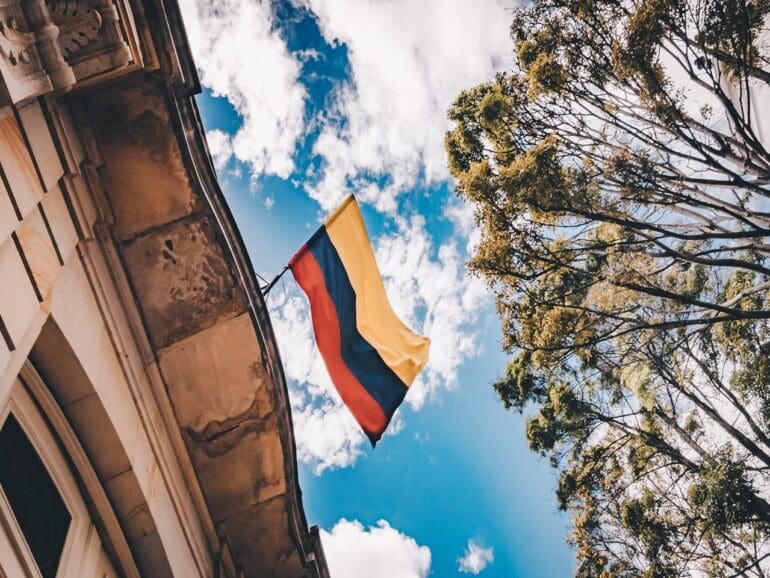The third largest fintech ecosystem in Latin America, Colombia has been a coveted market for many startups undertaking regional expansion. The second most populous country in South America, with over 50 million citizens, leading digital banks such as Nubank and Uala set foot in Bogotá in the past two years.
Both have successfully rolled out some of their flagship products back home. Yet the pace at which they build a customer base is far from stellar. This is the latest illustration of the complexities of moving cross-border and the challenges in replicating a widely successful model back home.
Sao Paulo-based Nubank reported a staggering 74.6 million users by the end of last year. That number alone makes it the largest digital bank in the entire region. However, it is no surprise that most of its clientele comes from Brazil, where its user base grew by 35% year over year last year to almost 71 million.
As the operation in its home country matures, the neobank has branched out to other countries in the region to find other sources for growth. Its second-largest market is Mexico, where it reports 3.2 million customers. Colombia’s clientele, in turn, has reached 600,000 customers in over two years.
Early stages
“We are still at the early stages of the customer acquisition in Mexico and Colombia,” David Velez, CEO, and co-founder, said in the latest earnings call. “Our penetration (in these countries is) still low, but early signs of performance are extremely encouraging.”
For industry observers, well-established competition from local players is a limitation. Also, fintechs have yet to build a robust ecosystem to compete for market share.
“The brand in itself is not everything, and the differentiation strategy was not so clear when compared to products offered by its peers,” Erick Rincon Cardenas, a professor at Colombian Universidad del Rosario, said in an interview. “The traditional banking sector also innovated strongly, and its fintech services are ultimately preferred because of how long Colombians have known these companies.”
Then come historical limitations for digital payments, Cardenas said. There is a cultural challenge of providing enough incentives for its citizens to drop their preference for cash, many of whom work in the informal economy.
Nubank to roll new products in Colombia
The discussion around fintech in Colombia comes at a time of growth. According to the Inter-American Development Bank, it is the third-largest market in the region. It accounts for 11% of all financial technology companies in Latin America, with 279. That is up from just 84 in 2017.

Presumably, for those reasons, Nubank decided to launch its core products, including its core purple credit card. Velez said one of the goals for 2023 was to launch saving accounts in Nubank Colombia. But it needs a license to do that, which was formally approved by the regulator only late last year.
While the customer base in Brazil has grown massively, “it is inevitable,” the CEO said, will decelerate from now on. Nubank will pivot from customer acquisition to monetization in its main market.
Colombia and Mexico, instead, represent new opportunities for augmenting the customer base. “We will continue investing significantly in both countries as we think the potential prize is very significant,” Velez said.
Ualá reaches 200,000 customers
In the case of Argentine Ualá, the company started out in Bogotá with a virtual account and a debit card. Backed by heavyweight investors such as George Soros, Softbank, and Tencent, the fintech has recently celebrated its first year since it began operating in Colombia.
“We are close to reaching 200,000 clients in Colombia,” Natalia Ríos, CEO of Ualá in Colombia, told Fintech Nexus in an exclusive interview. “This kind of growth is in line with expectations.”
The company targets young users with an average of 31 years. It reports 5 million users at a regional level. “In Argentina, we already have a large part of the youth market, and we are trying to replicate this in Colombia,” Ríos said. “We are building an ecosystem to become the customer’s primary choice.”
According to Ríos, there is much potential for expansion. “Between 60 and 70% of transactions in Colombia are done in cash. There is a lot of room to grow there.”


